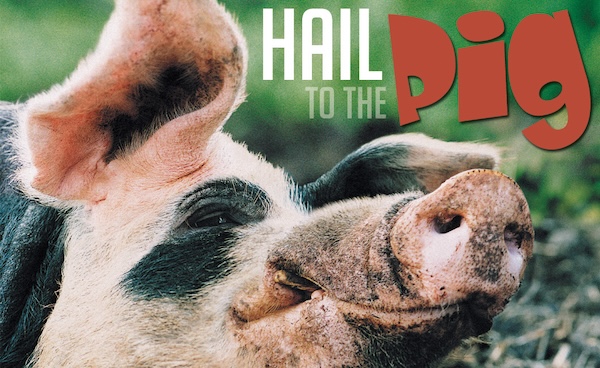National Pig Day, celebrated every year on March 1, is a perfect time to recognize a key part of US agriculture and one of the most widely consumed proteins in the world. Two sisters, Ellen Stanley of Lubbock, Texas and Mary Lynne Rave of Beaufort, North Carolina, created National Pig Day in 1972. While more than a few might feel bacon is the greatest gift pigs have given mankind, you might be surprised to learn some of the other important roles they play in our everyday lives – pigs are the source of more than 500 different types of important things besides meat. Below are other interesting facts about pigs and the US pork industry:
- Pork is the most consumed meat globally, comprising 36% of meat consumption.
- The US produces approximately 11% of the world’s pork supply.
- Yorkshires are the most-recorded breed of swine in North America. They are found in almost every US state, with the highest populations being in Illinois, Indiana, Iowa, Nebraska, and Ohio. Other top breeds include: Berkshire, Chester White, Duroc, Hampshire, Landrace, Poland China, and Spotted.
- In the past, hogs were fed table scraps and had a reputation for eating just about anything. The word “hogwash,” meaning something that is worthless, came from this practice.
- In early America, colonists turned their hogs out to roam freely and find their own food. On Manhattan Island, New York, the hogs rampaged through grain fields until farmers were forced to build a wall to keep them out. The street running along this wall became modern-day “Wall Street.”
- Colonists in Pennsylvania developed the practice of “finishing” hogs on corn (feeding them nothing but corn in the few weeks before butchering them). This practice improved the quality of the pork and laid the foundation for the modern pork industry.
- Today’s hogs weigh more, but because producers plan their diets carefully, they grow more efficiently and yield more lean meat than ever.
- In the colonial US, hogs were driven to market in large droves over trails that later became railroad routes.
- Hog raising became an important commercial enterprise during the 1800s when the Midwest farm regions were settled. The new Erie Canal system gave farmers a way to get their hogs to the cities back east. Farmers started calling their hogs “Mortgage Lifters” because the profits from their sales helped pay for the new homesteads.
- Soldier pigs have gone to war. They have served as mine sniffers in battlefields.
- One brave pig named Priscilla saved a boy from drowning. She is in the Pet Hall of Fame.
- The heaviest hog in history, Big Bill, weighed 2,552 pounds.
- Though they may not seem like it, pigs are widely regarded as the cleanest farm animals. They roll in mud because they don’t sweat and that is their way of cooling off.
- Hogs are a source of nearly 20 life-supporting and life-saving drugs and pharmaceuticals including Cortisone, Epinephrine, Heparin, Melatonin, and Progesterone.
- Additionally, hog heart valves are used to replace damaged or diseased human heart values, and skin from hogs is used to treat severe burn victims.
- Hog co-products are sources of chemicals used in the manufacture of a wide range of products that cannot be duplicated by syntheses. Some of those products include antifreeze, bone china, crayons, fertilizer, insecticides, insulation, lubricants, nitroglycerine, porcelain, and weed killers.








